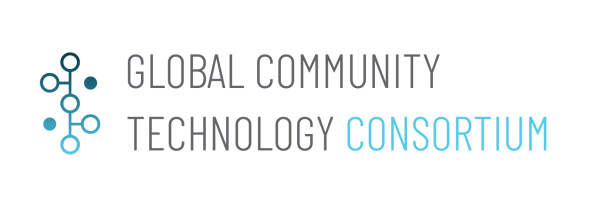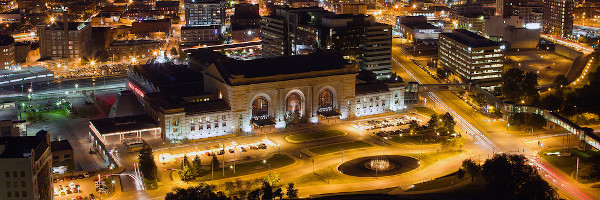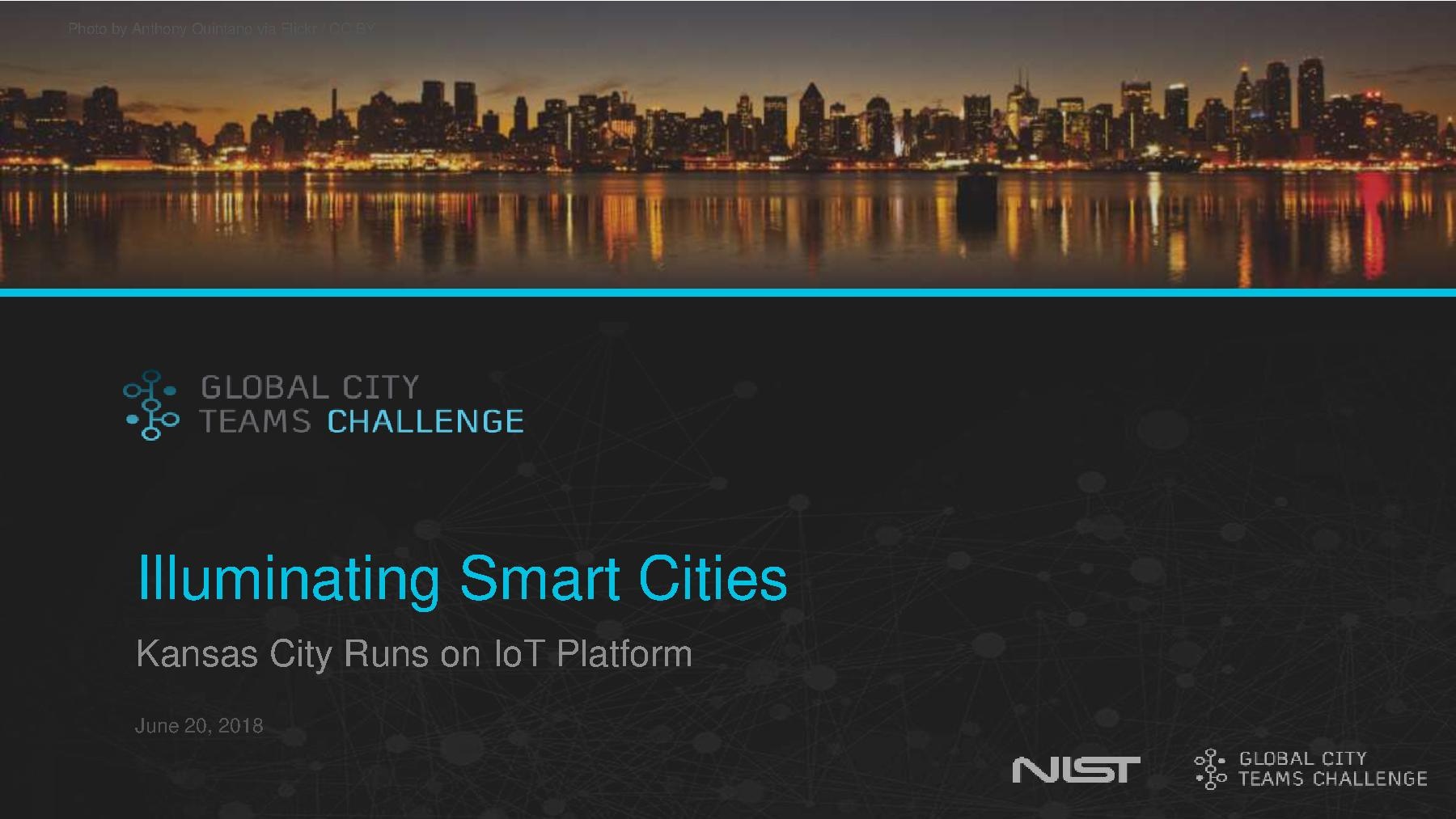Illuminating Smart Cities: Kansas City Runs on IoT Platform: Difference between revisions
No edit summary |
No edit summary |
||
| (8 intermediate revisions by the same user not shown) | |||
| Line 1: | Line 1: | ||
{{ActionCluster | {{ActionCluster | ||
| | |image=KansasCity.jpg | ||
| team | |team=Sensity Systems, Cisco, Think Big Partners, Black and Veatch | ||
| leader | |leader=Sean Harrington, Amy Lee | ||
|imagecaption=Kansas City | |||
|municipalities=Kansas City MO | |||
| imagecaption | |status=Launched | ||
| municipalities | |website=http://kclivinglab.org/ | ||
| status | |download=TechJam KCMO GK.pdf | ||
| website | |description=Kansas City, MO (KCMO) and its partners have designed and implemented an IoT platform to develop a smart city network, starting with Kansas City’s streetcar starter line in their Downtown area. Based on this initial site, the team has will implement a model that would make Kansas City the largest smart city network in North America. | ||
| download | |challenges=The amount of time it takes is dependent on many factors to include competing technologies, participation from relevant parties and access to market forces. This first phase alone can be lengthy, in which many companies can find this process both daunting and cost prohibitive, which in turn can have an adverse impact on the number of companies willing to go through this innovation cycle. | ||
| description | |||
| challenges | |||
When the city should consider potential uses of the technology, such as video surveillance by police, which could cause controversy. | When the city should consider potential uses of the technology, such as video surveillance by police, which could cause controversy. | ||
| solutions | |solutions=City with a new IoT technology platform that is capable of improving particular aspects of city life – such as avoiding traffic jams, finding a parking spot, and getting a Wi-Fi connection at local venues. | ||
| requirements | |requirements=*Bring together an ecosystem of partners to develop applications including smart lighting, digital kiosks, a development data portal, and smart water innovation development. | ||
*Refine Smart City framework with partners. | |||
*Create a Living Lab to play a vital role in the innovation and commercialization of IoT technologies, in which qualified and highly targeted emerging IoT technologies that can benefit KCMO can be deployed, tested and validated in a full scale industrial user environment. | |||
*Establish a partnership with a third-party provider to create a new public Wi-Fi network for downtown that will provide basic Internet access to visitors and residents of the neighborhood for free, helping KCMO meet its goals to be a more digitally inclusive city. | |||
*As stewards of public data, KCMO will set the highest standards through the proposed data privacy principles. | |||
|kpi=*Energy savings in the range of 50-80% from the conversion to LED technology and the implementation of the NetSense proximity dimming solution. | |||
*Reduced streetcar schedule delays due to more precise tow truck dispatch efficiency made possible from real time alerts generated by video analytics. | |||
|measurement=*Comparison of track blockage resolution using video analytics with traditional dispatch using on the street patrol officers who must physically inspect the entire streetcar line. | |||
*Comparison of baseline streetlight energy usage with reduced energy usage resulting from LED conversion and NetSense proximity dimming. | |||
| kpi | |standards=*Tow truck dispatch efficiency standards can be established, and compared to best practices in other cities (Portland OR, Washington DC) that deploy streetcars but are using legacy dispatch systems. | ||
*Proximity-based dimming standards can be established for central business districts (CDB’s) based on the success and citizen acceptance of the KCMO deployment. | |||
|cybersecurity=The hardware and software for the Sensity smart city solutions were designed from the ground up to enable privacy and security principles. Devices can minimize the amount of data collected, retain information locally, process in the device rather than backhaul to the cloud. Further IoT devices are vulnerable to hacking unless designed correctly from the start. These concepts were hardwired into the design of the Sensity (now Verizon) solutions ensuring that privacy and information security concepts can be adopted by cites in their smart city solution deployments. | |||
|impacts=From public health to efficient infrastructure to better, safer streets, once KCMO extends its IoT platform for smart city technologies, the applications and benefits are limited only by our imagination. | |||
| measurement | |||
| standards | |||
| cybersecurity | |||
| impacts | |||
This will spur new economic activity in the technology sector in Kansas City. KCMO anticipates the Living Lab will attract new businesses and entrepreneurs to Kansas City for the unprecedented opportunity to develop new technology in a real urban environment, which can benefit KCMO and cities across the globe. While the smart city concept is not new, the proposal for the Living Lab creates an unique opportunity to make a significant, sustainable impact in this growing sector while benefiting our residents, businesses and visitors with better infrastructure. | This will spur new economic activity in the technology sector in Kansas City. KCMO anticipates the Living Lab will attract new businesses and entrepreneurs to Kansas City for the unprecedented opportunity to develop new technology in a real urban environment, which can benefit KCMO and cities across the globe. While the smart city concept is not new, the proposal for the Living Lab creates an unique opportunity to make a significant, sustainable impact in this growing sector while benefiting our residents, businesses and visitors with better infrastructure. | ||
|demonstration=Deployments along the downtown Kansas City streetcar path and surrounding areas including: | |||
| demonstration | *An intelligent Wi-Fi network constructed, managed and owned by Sprint | ||
*An Enterprise Mobility Services Platform to enhance the resident and visitor experience over a mobile app | |||
*A “Living Lab” development data portal managed by ThinkBig Partners | |||
*Smart lighting and video as sensors in collaboration with Sensity | |||
*CityPost interactive digital kiosks and mobile citizen engagement | |||
*Future collaborations of smart water innovative solutions with Black & Veatch | |||
*Identifying technologies for next-generation police cruisers | |||
|chapter=Internet of Things | |||
|supercluster=Data | |||
|year=2016, 2017, 2018 | |||
|title=Illuminating Smart Cities: Kansas City Runs on IoT Platform | |||
|replicability=*Given that there are several thousand light poles in KCMO’s CDB, there is ample room for expansion beyond the 175 light poles in this first phase. | |||
*Given the widespread interest in using technology to enhance local government operations in central business districts, success in KCMO would be applicable and replicable many other cities. | |||
| supercluster | |||
| year | |||
}} | }} | ||
Latest revision as of 06:51, January 25, 2023
| Illuminating Smart Cities: Kansas City Runs on IoT Platform | |
|---|---|

| |
 Kansas City | |
| Team Organizations | Sensity Systems Cisco Think Big Partners Black and Veatch |
| Team Leaders | Sean Harrington Amy Lee |
| Participating Municipalities | Kansas City MO |
| Status | Launched |
| Document | 
|
Description
Kansas City, MO (KCMO) and its partners have designed and implemented an IoT platform to develop a smart city network, starting with Kansas City’s streetcar starter line in their Downtown area. Based on this initial site, the team has will implement a model that would make Kansas City the largest smart city network in North America.
Challenges
The amount of time it takes is dependent on many factors to include competing technologies, participation from relevant parties and access to market forces. This first phase alone can be lengthy, in which many companies can find this process both daunting and cost prohibitive, which in turn can have an adverse impact on the number of companies willing to go through this innovation cycle. When the city should consider potential uses of the technology, such as video surveillance by police, which could cause controversy.
Solutions
City with a new IoT technology platform that is capable of improving particular aspects of city life – such as avoiding traffic jams, finding a parking spot, and getting a Wi-Fi connection at local venues.
Major Requirements
- Bring together an ecosystem of partners to develop applications including smart lighting, digital kiosks, a development data portal, and smart water innovation development.
- Refine Smart City framework with partners.
- Create a Living Lab to play a vital role in the innovation and commercialization of IoT technologies, in which qualified and highly targeted emerging IoT technologies that can benefit KCMO can be deployed, tested and validated in a full scale industrial user environment.
- Establish a partnership with a third-party provider to create a new public Wi-Fi network for downtown that will provide basic Internet access to visitors and residents of the neighborhood for free, helping KCMO meet its goals to be a more digitally inclusive city.
- As stewards of public data, KCMO will set the highest standards through the proposed data privacy principles.
Performance Targets
| Key Performance Indicators (KPIs) | Measurement Methods |
|---|---|
|
|
Standards, Replicability, Scalability, and Sustainability
- Tow truck dispatch efficiency standards can be established, and compared to best practices in other cities (Portland OR, Washington DC) that deploy streetcars but are using legacy dispatch systems.
- Proximity-based dimming standards can be established for central business districts (CDB’s) based on the success and citizen acceptance of the KCMO deployment.
Cybersecurity and Privacy
The hardware and software for the Sensity smart city solutions were designed from the ground up to enable privacy and security principles. Devices can minimize the amount of data collected, retain information locally, process in the device rather than backhaul to the cloud. Further IoT devices are vulnerable to hacking unless designed correctly from the start. These concepts were hardwired into the design of the Sensity (now Verizon) solutions ensuring that privacy and information security concepts can be adopted by cites in their smart city solution deployments.
Impacts
From public health to efficient infrastructure to better, safer streets, once KCMO extends its IoT platform for smart city technologies, the applications and benefits are limited only by our imagination. This will spur new economic activity in the technology sector in Kansas City. KCMO anticipates the Living Lab will attract new businesses and entrepreneurs to Kansas City for the unprecedented opportunity to develop new technology in a real urban environment, which can benefit KCMO and cities across the globe. While the smart city concept is not new, the proposal for the Living Lab creates an unique opportunity to make a significant, sustainable impact in this growing sector while benefiting our residents, businesses and visitors with better infrastructure.
Demonstration/Deployment
Deployments along the downtown Kansas City streetcar path and surrounding areas including:
- An intelligent Wi-Fi network constructed, managed and owned by Sprint
- An Enterprise Mobility Services Platform to enhance the resident and visitor experience over a mobile app
- A “Living Lab” development data portal managed by ThinkBig Partners
- Smart lighting and video as sensors in collaboration with Sensity
- CityPost interactive digital kiosks and mobile citizen engagement
- Future collaborations of smart water innovative solutions with Black & Veatch
- Identifying technologies for next-generation police cruisers